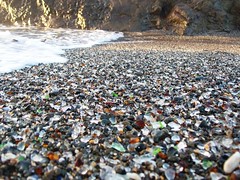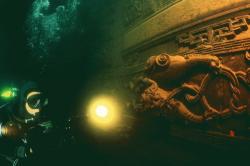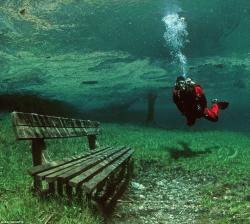Here’s a creative way to get around hard-nosed airline regulations:
A man took to putting on 70 items of clothing to avoid an extra baggage charge at an airport.The unidentified passenger turned up at Guangzhou Baiyun International Airport in China, described as looking like a ‘sumo wrestler’.According to Guangzhou Daily, the man’s luggage exceeded the weight limit. He did not want to pay the extra baggage costs, and thus took out and wore more than 60 shirts and nine pairs of jeans.Wanting to board a flight to Nairobi, Kenya, he was stopped by the metal detector and had to undergo a full body search.In his numerous pockets were batteries, thumb drives and device chargers.
(Original article here.)






